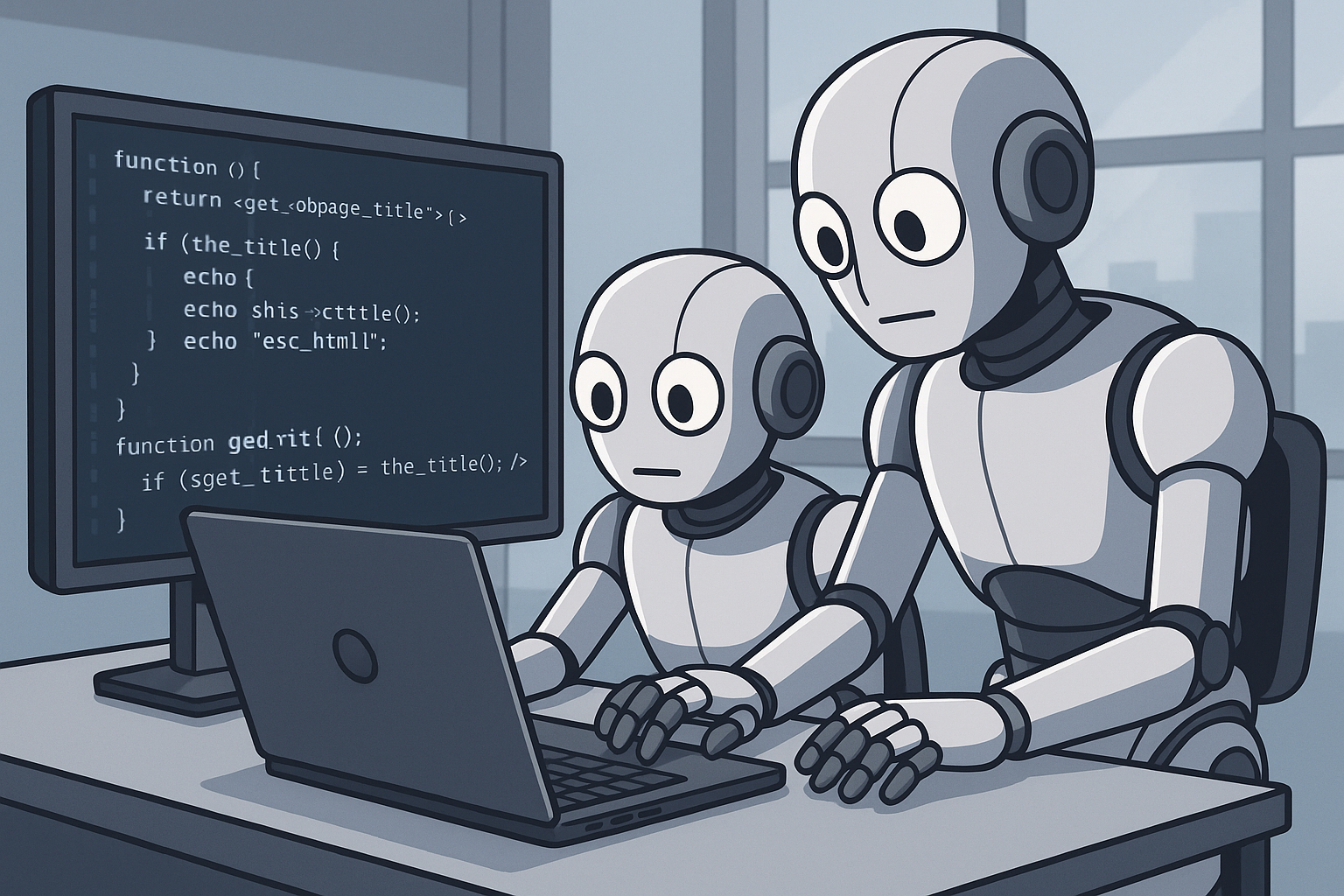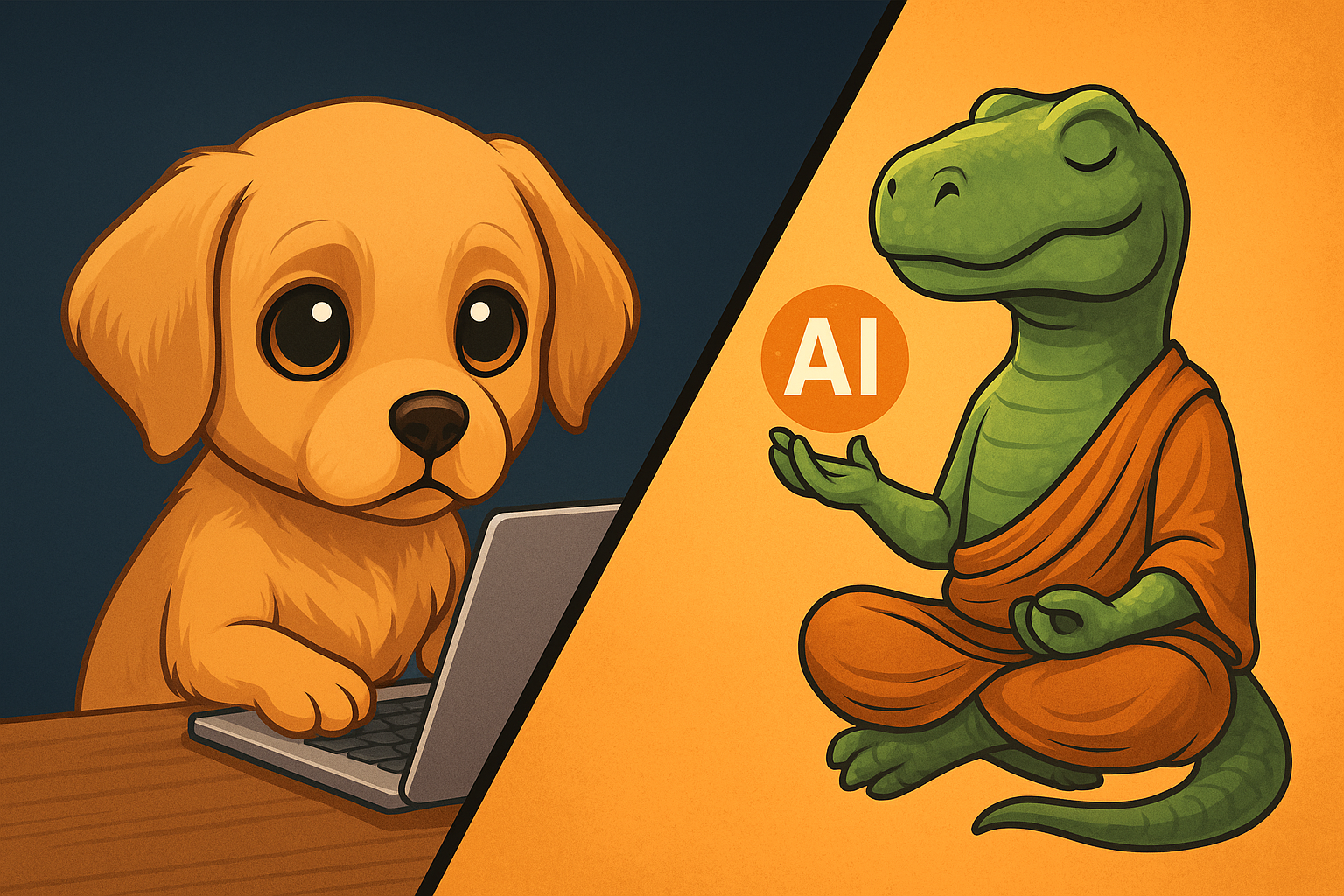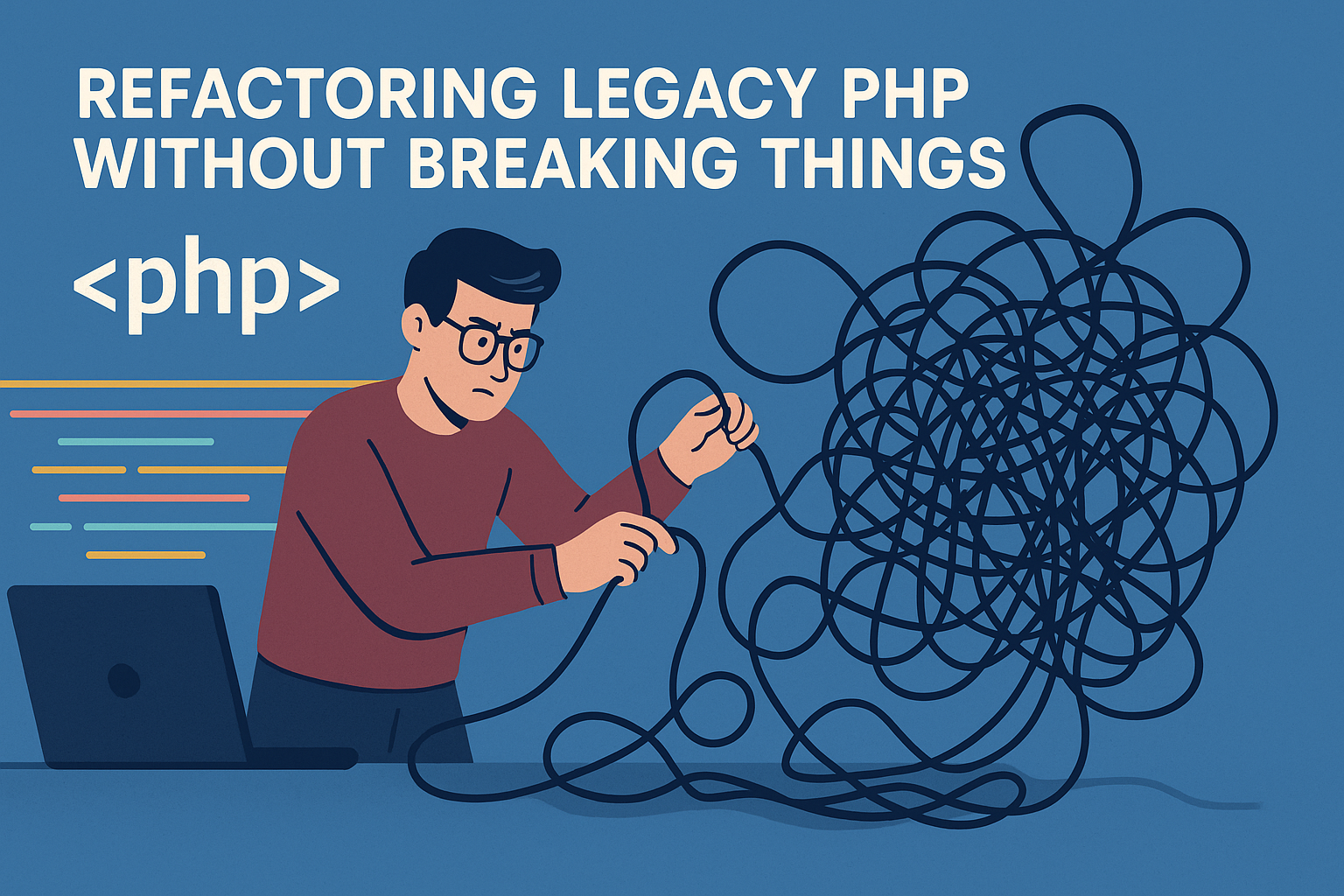Author: Mike Lopez
-
FocusPocus: A Tiny Bash Spell to Keep You From Doomscrolling on Linux

I’ll be honest: some days I open my terminal with the noble intention of being productive… and five minutes later I’m somehow watching a video titled “Top 10 Times a Goat Won an Argument.” On Linux. Inside Brave. While Slack sits in the background wondering where its life went wrong. If you’re a Linux user,…
-
The Shocking AI Workflow That Helps Developers Create Better WordPress Code

AI tools for coding are everywhere now, but most developers still treat them like fancy autocomplete. Big mistake. With the right approach, AI isn’t just a helper — it can act like a full micro-team that writes code, reviews code, and keeps improving it in a loop. If you’re into modern vibe coding, this setup…
-
My Experience Vibe-Coding an Internal Company Application

I’ve been using AI more and more in my daily workflow — mostly for adding or fixing parts of an existing codebase. I’ve also vibe-coded small scripts from scratch here and there, but this project was different. This was my first time vibe-coding an entire web app, where AI did 99% of the coding. The…
-
Vibe Coding and the Future of Software Development

Introduction Software development is in the middle of a profound shift. For decades, programming was defined by a developer’s ability to master syntax, understand algorithms, and build systems line by line. That era has not disappeared, but it has been disrupted. The rise of artificial intelligence coding assistants has introduced a new way of working,…
-
Refactoring Legacy PHP Code: My Go-To Playbook

Legacy PHP code has a way of haunting you. Whether it’s procedural scripts written 10+ years ago, a half-upgraded framework, or a mix of spaghetti logic and business-critical features—at some point, you’ll be tasked with refactoring it. The trick is doing it without breaking everything in production. Here’s my playbook, built from years of wading…
-
From Developer to Leader: Lessons I Wish I Knew Earlier in My PHP Journey

If you told 25-year-old me that one day I’d be managing a team of PHP developers, reviewing performance metrics, and negotiating deadlines with stakeholders, I probably would’ve laughed and gone back to refactoring some poorly written legacy class. I didn’t start my career with “leadership” in mind—my focus was all about clean code, fast queries,…
-
Optimizing Large PHP Codebases Without Breaking Everything

When you’re working in a large PHP codebase, optimization isn’t just about speed—it’s about survival. You can’t just go in and start swapping out loops or rewriting core logic without risking a domino effect that’ll take your entire app down with it. So here’s how I approach optimizing large PHP projects without blowing them up.…
-
Hiring PHP Developers in 2025: What I Look For (And What I Ignore)

Hiring a PHP developer in 2025 isn’t what it used to be. Gone are the days when “knows Laravel” or “can write SQL joins” was enough to get my attention. Over the years, I’ve refined what I look for—and just as importantly, what I don’t care about anymore. Let me walk you through what matters…
-
How to Manage a High-Performing PHP Team Without Overengineering Your Workflow

Managing a high-performing PHP team can sometimes feel like juggling flaming chainsaws while riding a unicycle. There’s a constant urge to do more—add more tools, more processes, more layers of abstraction—all in the name of productivity and scalability. But here’s the kicker: sometimes, all that “more” ends up doing less for your team. I’ve led…
-
How Eager Loading Works in ORM (With PHP Examples)

When I first started using ORMs in PHP, I loved how clean and readable my code became. But I quickly ran into performance problems—things were getting sluggish, and I couldn’t figure out why. That’s when I discovered the magic (and danger) of lazy loading, and why eager loading is a tool every developer needs in…